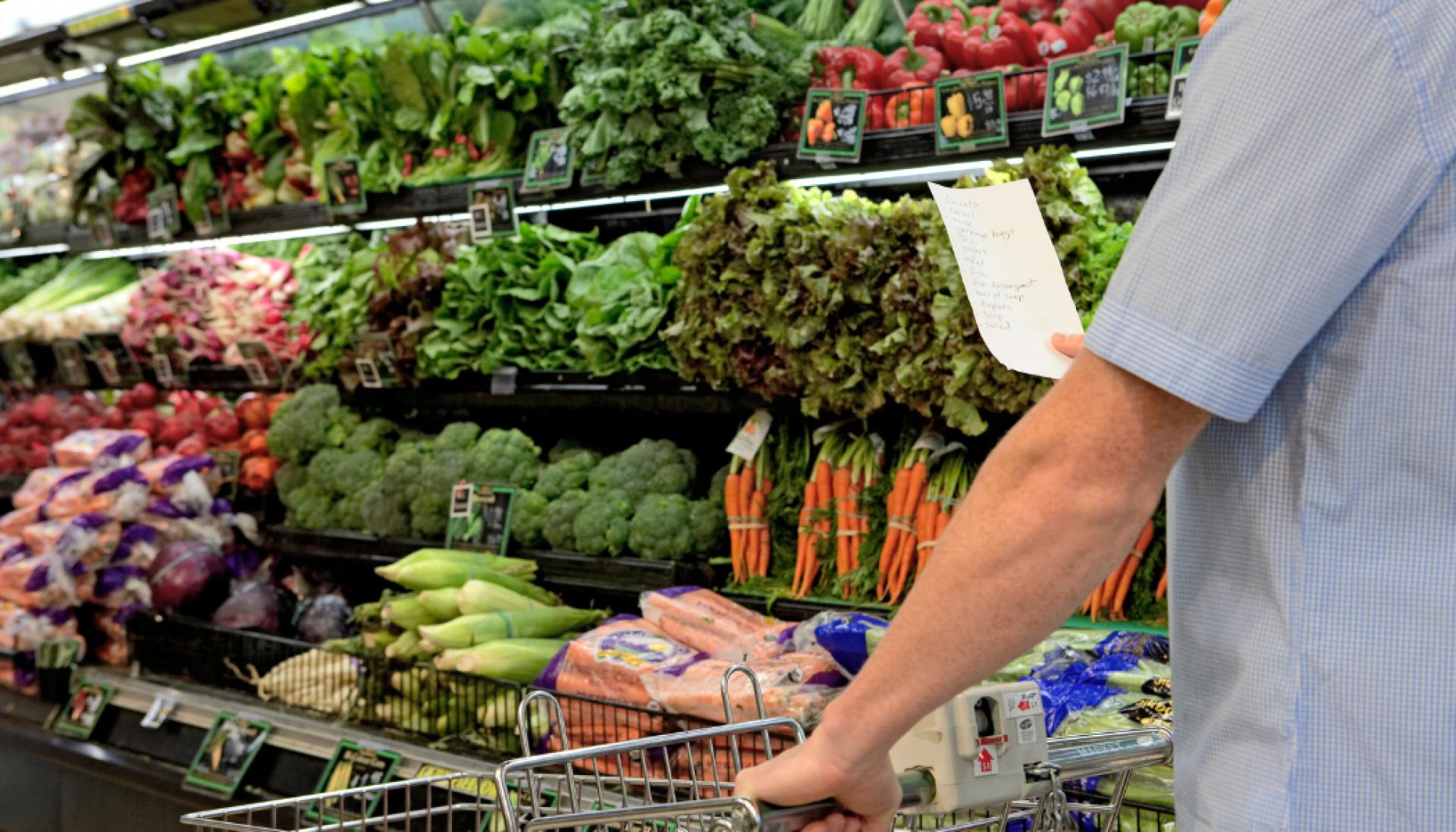
How will the cost-of-living crisis impact the marketing world?
The cost of living crisis is continuing to impact individuals across the UK. Many are now struggling to manage household bills and living costs, and consumers are being forced to dramatically change their behaviours to endure the crisis.
Economic turbulence and changing consumer habits also cause significant disruption in various industries, from retail to finance and manufacturing.
Marketing is one industry that is often heavily affected by economic uncertainty.
When consumers are financially secure, they can afford to spend more on goods and services, which encourages brands to invest more in advertising campaigns and product promotion. However, when consumers are strapped for cash, the inverse becomes true.
So how can clients and marketing agencies navigate the cost of living crisis? Which adjustments and strategies might help advertisers to weather the storm?
Let’s take a closer look at how the marketing world might respond to the current economic climate.

How is the cost of living crisis affecting consumers?
To begin with, let’s evaluate how the cost of living crisis is developing, and how consumers are being impacted on a daily basis.
What is contributing to the cost of living crisis?
After the successful rollout of the COVID vaccine, both consumers and brands were optimistic about the future. Businesses began to return to normal trading routines, physical retail spaces re-opened, and customers were keen to embrace normality.
However, this optimism was short-lived.
Various financial and political factors contributed to an increasingly difficult economic climate, stifling the post-COVID optimism and slowing the business growth that many were hoping to see.
A weakened currency has also meant that many UK households are struggling to keep up with their bills and payments. Lower-income homes in particular are facing an extremely challenging time, dealing with steep increases in the price of essentials such as food and heating.
The situation in Ukraine has further exacerbated the issue, severely disrupting supply chains and placing immense pressure on the UK economy.

How is the crisis changing the consumer landscape?
All of this economic turmoil is forcing consumers to rapidly change their behaviours and routines.
In a recent report, KPMG stated that “32% of consumers plan to cut back on their household spending this year” and many would remove non-essential items from their shopping lists.
On top of this, the cost of living crisis only seems to be worsening, meaning many are lacking optimism about increasing their spending in the near future.
Consequently, many businesses are now dealing with a two-pronged challenge. Supply chain issues are causing immediate problems for product availability, and in the background, consumers are re-evaluating their priorities and tightening their shopping budgets.
And when fewer customers are willing to part with their cash, it becomes infinitely harder for brands to generate profitable results with marketing.
This type of economic instability will impact different businesses in different ways, but every advertiser will need to think carefully about how they navigate this challenging time.

Key adjustments for marketers
So how can brands and marketers find a way to effectively communicate with customers during the cost of living crisis?
Although there’s no silver bullet for advertisers during an economic downturn, there are several proven strategies that can help businesses to manage the chaos.
Shifting brand and product messaging
The first thing that advertisers must do is to re-assess their campaign messaging.
Consumers will be incredibly wary about overspending during this period. This means that brands need to be consistently transparent about the prices of their products, the services they offer, and the value they can bring to their customers.
If customers are equipped with all of this information, they’ll be in a much better position to make a purchase decision. Any uncertainty or confusion will likely lead to a lost sale.
Marketers will also need to focus on key messages that will resonate with their audience. Excessive sales promotions aren’t advisable, but limited-time discounts and loyalty incentives can be hugely persuasive for hesitant shoppers.
Finally, brands should ensure that their communications reflect this economic climate.
Ignoring the reality of the cost of living crisis can seem disingenuous, and businesses should acknowledge the fact that many customers will be struggling financially.
Maintaining composure in a difficult climate
Economic turbulence will always cause some difficult conversations in marketing agencies and boardrooms, but it’s important for brands to avoid panicking.
Many businesses will be tempted to flood the market with lead-generation and direct response campaigns, but this can actually cause more harm than good in the long term.
While there’s nothing inherently bad about sales campaigns, they need to balance with long-term strategic thinking. Companies should also avoid knee-jerk reactions like pulling their marketing spend or cutting down the scale of their campaigns.
The Institute of Practitioners in Advertising has collated several studies that outline the advantages of marketing during an economic downturn. In short, advertisers who commit to brand advertising in volatile conditions (while others reduce their marketing spend) can find themselves increasing market share and accelerating long-term growth.
Advertisers who stay visible and active during the cost of living crisis will most likely find themselves far better off in the long run.

Focusing on reassurance
Consumers will also be looking for reassurance from brands and manufacturers during this difficult period, so advertisers need to react accordingly.
That means emphasising product guarantees, showcasing high approval ratings and qualifications, and sharing positive customer testimonials. Apart from price, product quality and reliability will be the most important factors for consumers.
The cost of living crisis is causing a lot of uncertainty and anxiety, so anything brands can do to encourage confidence will resonate with many customers.
The cost of living crisis will affect every business differently. Some may find that they’re able to maintain stable sales, while others will be grappling with strained profit margins.
Transparency will be hugely important for every advertiser. The more that customers are able to trust brands, the more likely they are to shop with them. Businesses will also need to clearly demonstrate the value for money that they’re offering their audiences.
Brands will also need to stay the course as much as possible. Although there will inevitably be short-term hurdles to overcome, the crisis does present some long-term opportunities for marketers who are willing to maintain investment and build brand equity.







